Thu, Dec 16 at 3 AM PST.
To commemorate #HONORAnniversary we will share a story with you all via our livestream at 11 AM UTC±0 on December 16. To everyone who has been or will be a friend of HONOR — we welcome you all! #GoBeyond


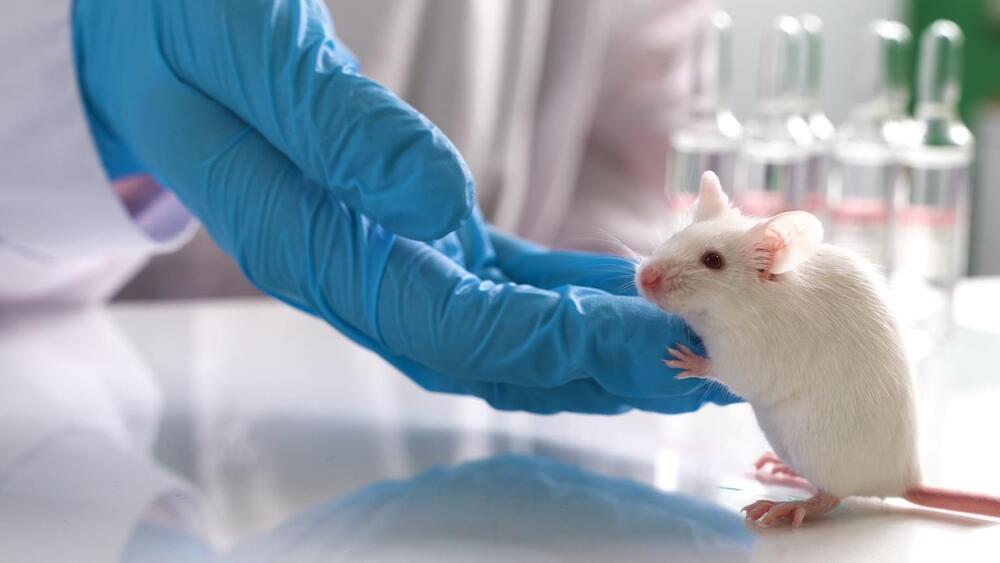
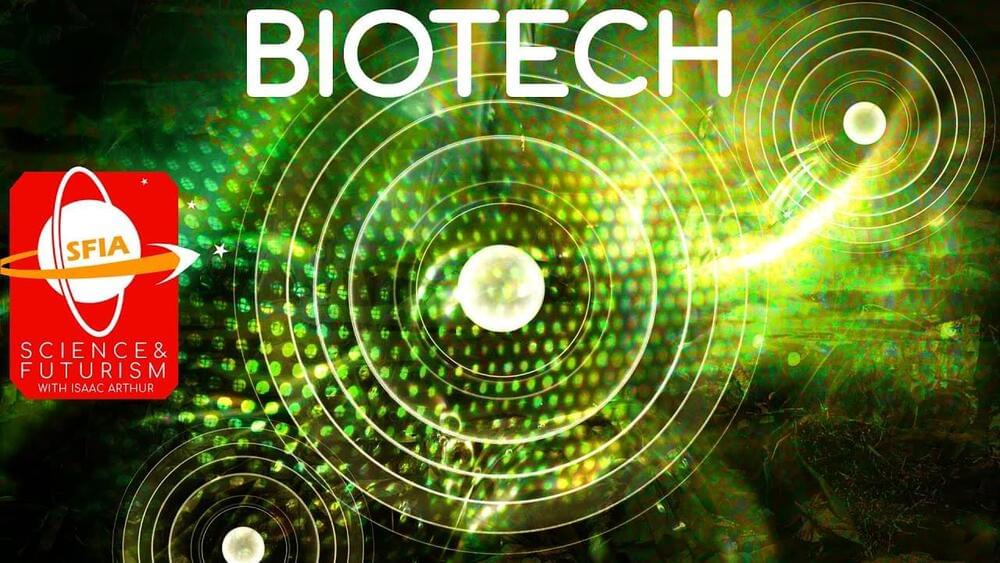
Start listening with a 30-day Audible trial and your first audiobook is free. Visit.
http://www.audible.com/isaac or text “isaac” to 500-500.
In the future Biotechnology may allows us repair, modify, or augment humans, but how will this be done? What will these technologies look like and should we embrace them?
Visit our Website: http://www.isaacarthur.net.
Support us on Patreon: https://www.patreon.com/IsaacArthur.
Facebook Group: https://www.facebook.com/groups/1583992725237264/
Reddit: https://www.reddit.com/r/IsaacArthur/
Twitter: https://twitter.com/Isaac_A_Arthur on Twitter and RT our future content.
SFIA Discord Server: https://discord.gg/53GAShE
Listen or Download the audio of this episode from Soundcloud: Episode’s Audio-only version: https://soundcloud.com/isaac-arthur-148927746/biotech-human-modification-and-augmentation.
Episode’s Narration-only version: https://soundcloud.com/isaac-arthur-148927746/biotech-human-modification-and-augmentation-narration-only.
Credits:
Biotech: Human Modification and Augmentation.
Science & Futurism with Isaac Arthur.
Episode 289, May 6, 2021
Produced & narrated by isaac arthur.
Writers:
Isaac Arthur.
Jason Burbank.
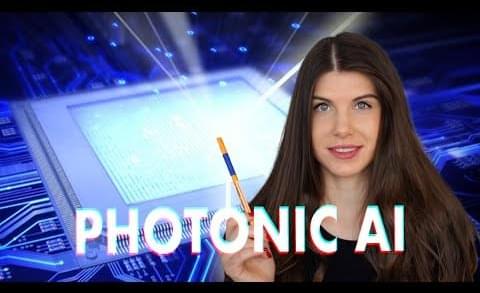
In this video I discuss the most exciting applications of Silicon Photonics: from Photonic transistors to Photonic AI Processors which are already capable of running neural networks! #PhotonicChips #SiliconPhotonics #PhotonicProcessors.
TImestamps:
00:00 — Silicon Photonics.
03:00 — Photonic Transistor.
04:37 — Photonic AI chip.
12:18 — New Intel Photonic pattents & New Silicon Photonic Lab.
13:47 — Future of AI accelerators.
***
WATCH NEXT:
➞ 3D Wave in Processor Design: https://youtu.be/5fMWUC2MFrA
➞ These Microchips are the Future of AI: https://youtu.be/BDrrjLB7lgE
***
LINKS:
➞ Podcast “Practical AI” the episode on Photonic Computing: https://changelog.com/practicalai/156
➞ Cool ISSCC 2021 Tutorial on Silicon Photonics: https://d3smihljt9218e.cloudfront.net/lecture/15042/slideshow/0e6e4489405a6791626f5ac4c6f08f08.pdf.
➞ Hotchips 2020 SIlicon Photonics for AI Acceleration by LightMatter: https://hc32.hotchips.org/assets/program/conference/day2/HotChips2020_ML_Inference_Lightmatter.pdf.
***
➞ Support me on Patreon: https://www.patreon.com/AnastasiInTech.
➞ Subscribe for new videos every week! ❤ And leave me a comment below!
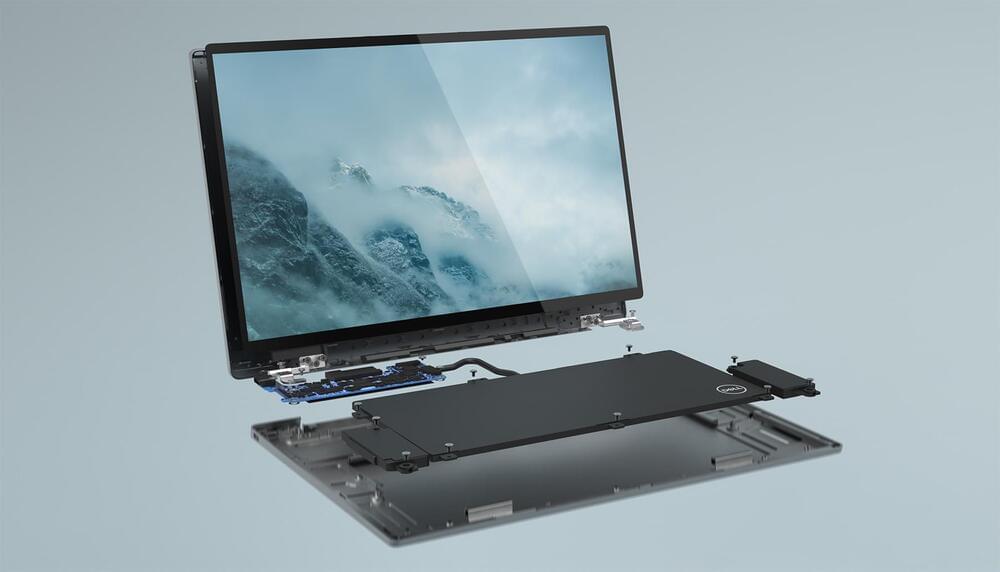
Working with Intel, Dell has created a new laptop called Concept Luna with the aim of making future PCs easier to repair, reuse and recycle. Dell said that if it incorporated all the design ideas, it could reduce a computer’s carbon footprint by up to 50 percent compared to current laptop models.
A key feature of Concept Luna is the redesigned components and a new, more efficient layout. To start with, the motherboard is 75 percent smaller at just 5,580 square millimeters and has a 20 percent lower component count. Everything is rearranged, with the motherboard close to the top cover to expose it to a larger cooling area. It’s also separated from the battery charging unit in the base, allowing better passive cooling that could eliminate the need for a fan.
The extra efficiencies also reduce power requirements, allowing the designers to use a smaller battery with deep-cycle cells that offer a “long charge that can be maintained across many years of use, increasing refurbishment and reuse beyond the first product life it services,” Dell said.
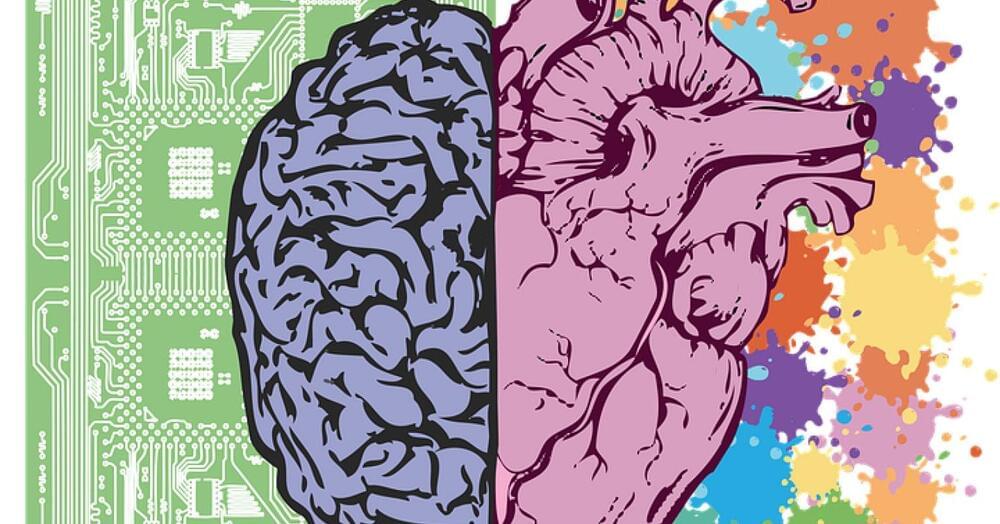

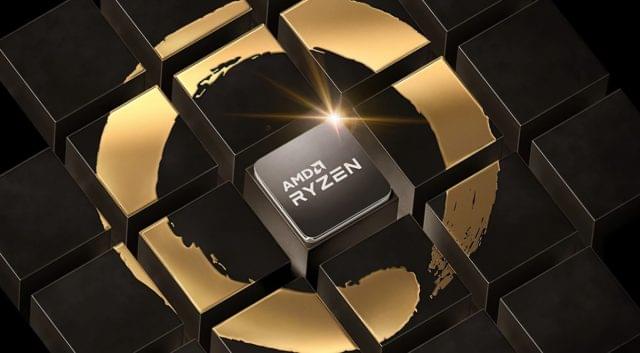
AMD is celebrating five years of Ryzen — and sharing a few details on its upcoming product roadmaps.

For centuries, great thinkers have struggled to understand how people represent a personal identity that changes over time. Insight may come from a basic principle of perception: as objects become distant, they also become less discriminable or “compressed.” In Studies 1–3, we demonstrate that people’s ratings of their own personality become increasingly less differentiated as they consider more distant past and future selves. In Study 4, we found neural evidence that the brain compresses self-representations with time as well. When we peer out a window, objects close to us are in clear view, whereas distant objects are hard to tell apart. We provide evidence that self-perception may operate similarly, with the nuance of distant selves increasingly harder to perceive.
A basic principle of perception is that as objects increase in distance from an observer, they also become logarithmically compressed in perception (i.e., not differentiated from one another), making them hard to distinguish. Could this basic principle apply to perhaps our most meaningful mental representation: our own sense of self? Here, we report four studies that suggest selves are increasingly non-discriminable with temporal distance from the present as well. In Studies 1 through 3, participants made trait ratings across various time points in the past and future. We found that participants compressed their past and future selves, relative to their present self. This effect was preferential to the self and could not be explained by the alternative possibility that individuals simply perceive arbitrary self-change with time irrespective of temporal distance.